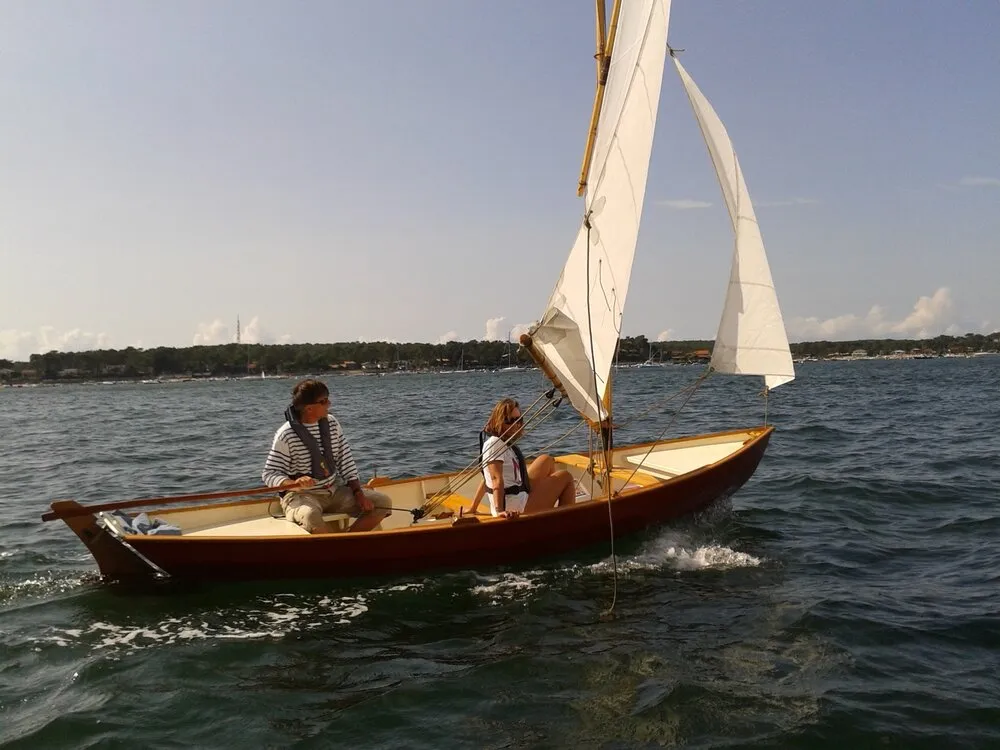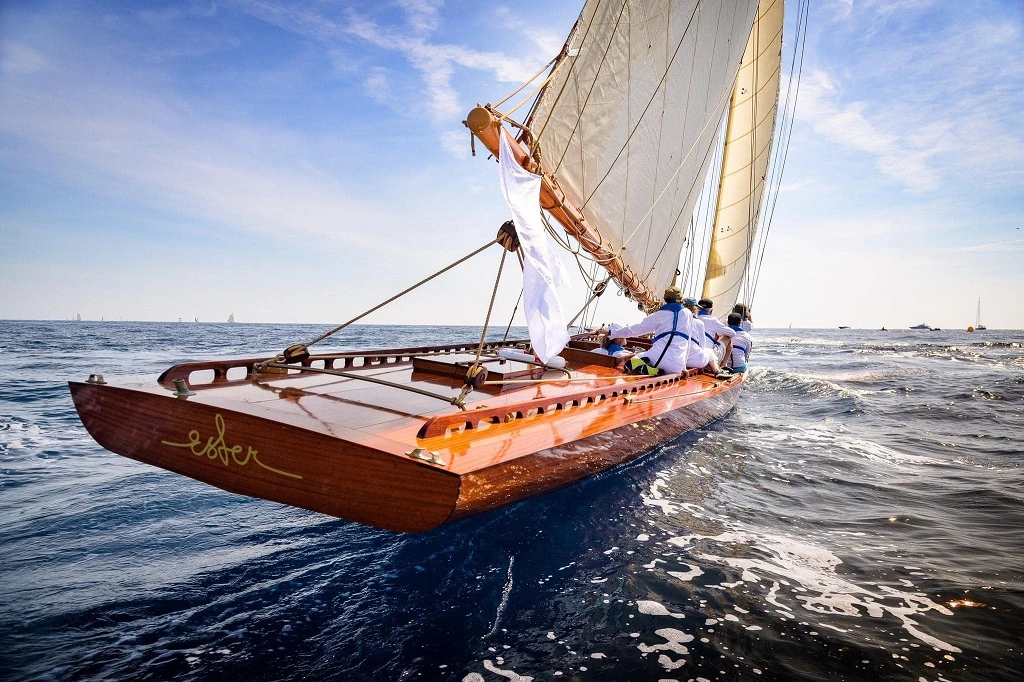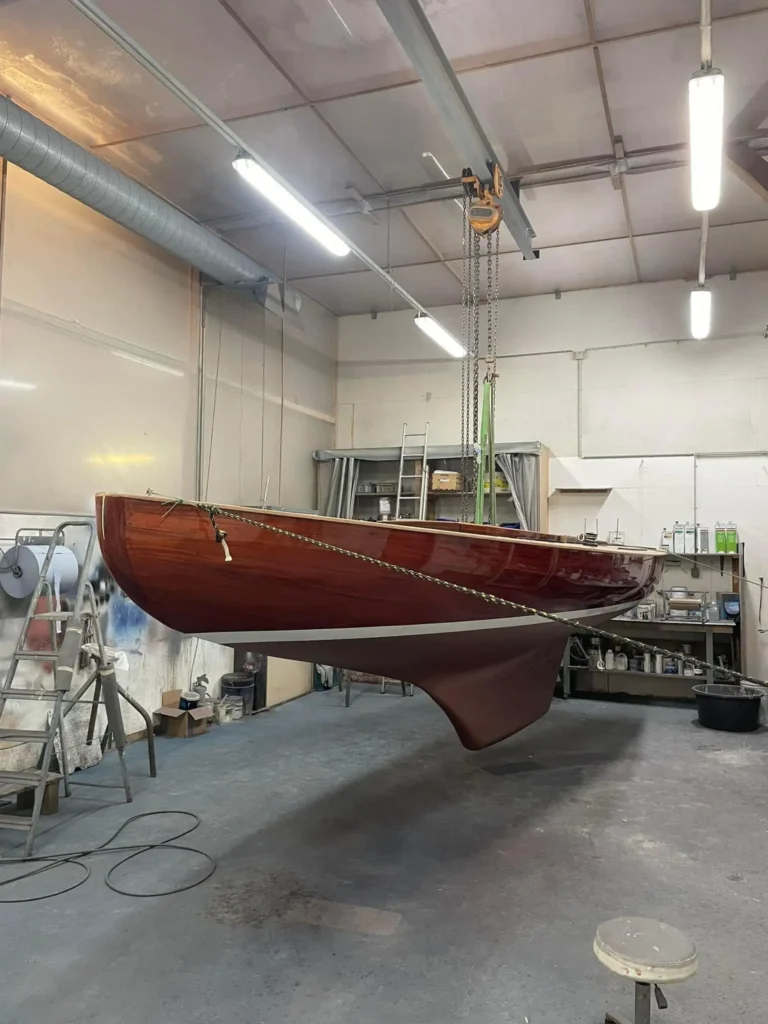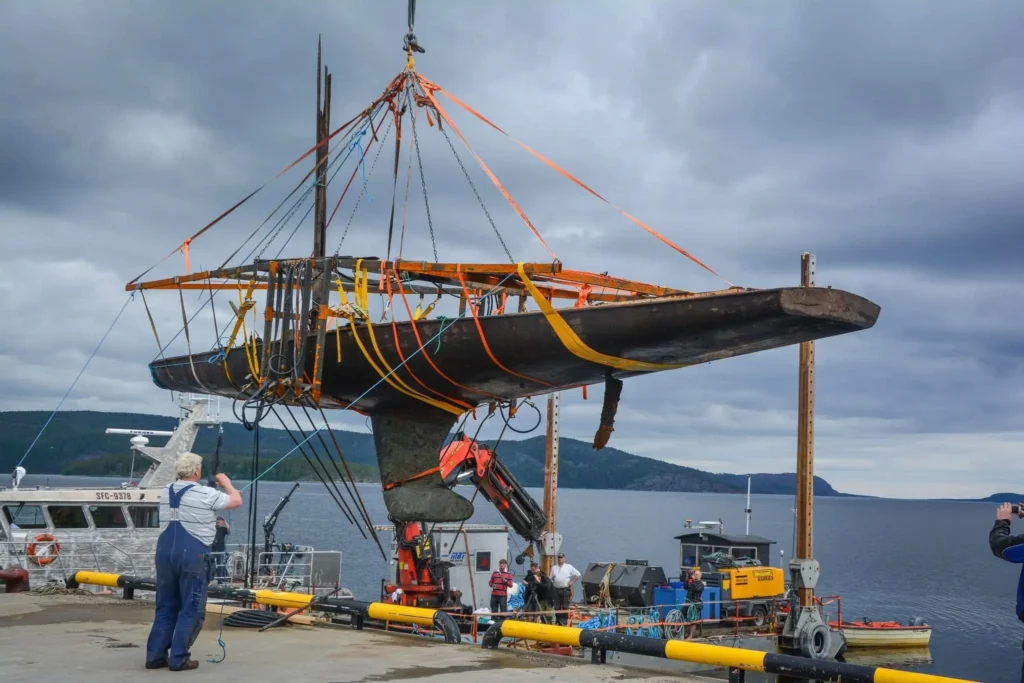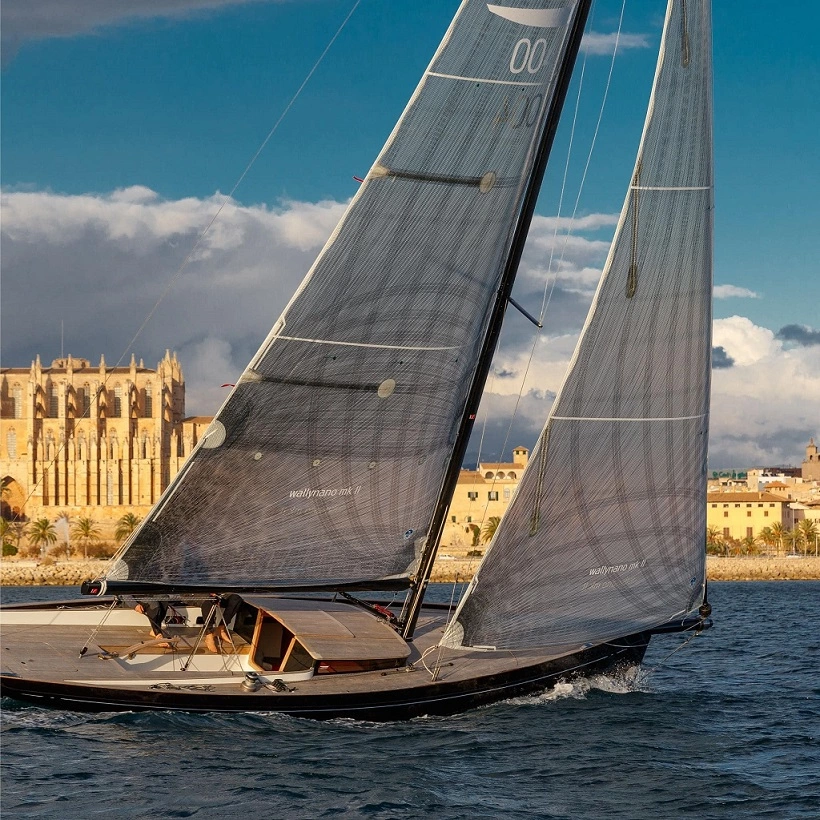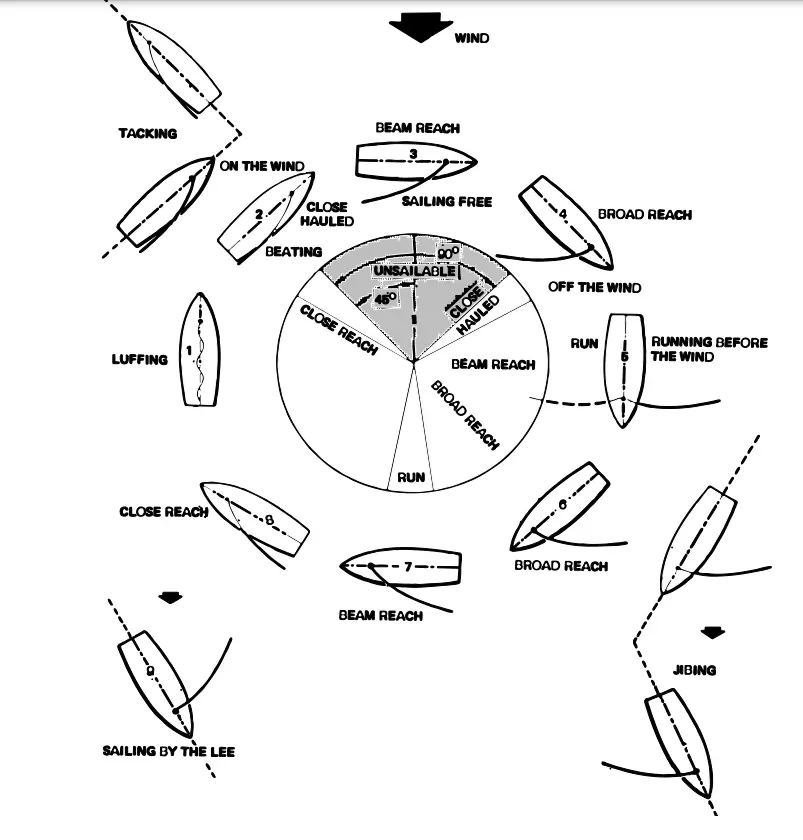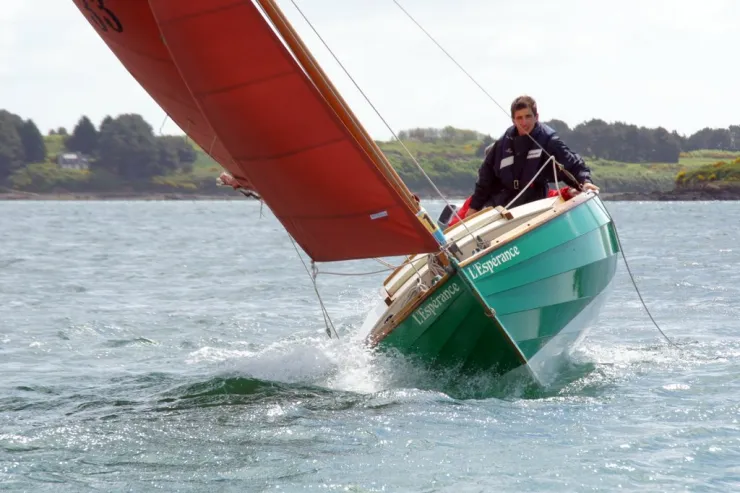
We are one of the best Sailboat Boat Manufacturers in Turkey. Check our website for more info about Classic sailing yachts, wooden sailing boats, new and vintage yachts, and luxury yachts for sale
Turkey has a rich maritime heritage and is home to various types of sailboats and traditional wooden boats that reflect the country’s seafaring traditions. These boats vary in size, design, and purpose, and they are used for a range of activities, including fishing, transportation, and leisure. Here are some notable Turkish sailboat and boat types:
- Gulet: The gulet is a traditional wooden sailing boat indigenous to Turkey. It is known for its distinctive design, with a broad beam, spacious deck, and two or more masts. Gulets are often used for cruising and leisure activities along the Turkish coast, especially in the Aegean and Mediterranean regions. Many are equipped with comfortable cabins and amenities for charter vacations.
- Bodrum Gulet: Bodrum, a city on the southwest coast of Turkey, is famous for its gulet building industry. Bodrum gulets are renowned for their craftsmanship and quality. They are often used for luxury charters and cruises.
- Caique: Caiques are traditional wooden fishing boats used along the Turkish coast. They are typically open-decked and have a single mast with a lateen or gaff rig. While many caiques are still used for fishing, some have been converted into passenger boats for short coastal cruises.
- Turkish Schooner: Turkish schooners are classic sailing vessels that combine traditional design with modern amenities. They often have two masts with gaff or Bermuda rigs. These schooners are popular for charter vacations and exploring the Turkish coastline.
- Mavi Yolculuk (Blue Voyage): The concept of the “Blue Voyage” is a popular sailing tradition in Turkey. It involves sailing along the country’s stunning coastlines, visiting secluded bays, historical sites, and picturesque islands. Gulets and traditional sailing boats are commonly used for Blue Voyage trips.
- Kaik: Kaiks are small wooden boats used for fishing and transportation in coastal areas and fishing villages. They are usually powered by both sails and oars and are known for their stability and seaworthiness.
- Bosphorus and Golden Horn Boats: In Istanbul, there is a diverse array of traditional boats used for transportation and tourism in the Bosphorus Strait and Golden Horn. These boats, often colorful and adorned, provide scenic cruises for locals and tourists.
- Göçek Wooden Boats: The town of Göçek in southwestern Turkey is known for its wooden boatbuilding industry. Göçek-style wooden boats are used for cruising, tourism, and charter vacations.
- Traditional Dhow: Along the southeastern coast of Turkey, near the Syrian border, traditional dhows with lateen sails are still used by local fishermen. These vessels reflect the influence of Arabic and Mediterranean maritime traditions.
Turkey’s sailboat and traditional boat culture is deeply rooted in its history and geography. These boats offer a unique way to explore Turkey’s picturesque coastlines, islands, and historical sites while experiencing the country’s maritime traditions and hospitality. Whether for cruising, fishing, or cultural experiences, Turkish sailboats and traditional boats have much to offer.
Sailboat Manufacturing Steps
The manufacturing of a sailboat involves several key steps, from the initial design and planning stages to the construction and finishing processes. The exact steps can vary depending on the type and size of the sailboat and the materials used, but here is a general overview of the sailboat manufacturing process:
- Design and Planning:
- The sailboat manufacturing process begins with the design phase. Naval architects and designers create detailed plans and drawings for the boat, specifying its size, shape, hull design, rigging, and other critical features.
- The design phase also includes decisions about the materials to be used, such as wood, fiberglass, aluminum, or composite materials.
- During this phase, considerations are made for the intended use of the sailboat, whether it’s for racing, cruising, or other purposes.
- Mold Construction (Fiberglass Boats):
- For fiberglass sailboats, a mold or plug is constructed based on the boat’s design. The mold serves as the template for building the boat’s hull.
- The mold is typically made from fiberglass, resin, and other materials. It must be carefully crafted to ensure the hull’s shape and dimensions match the design specifications.
- Hull Construction:
- For fiberglass boats, the hull is typically constructed using a process called fiberglass layup. Layers of fiberglass fabric are saturated with resin and carefully laid into the mold, building up the hull’s structure.
- Wooden sailboats are built using traditional boatbuilding techniques, with wooden planks or panels carefully shaped, joined, and fastened together. Modern wooden boat construction may also involve the use of epoxy resins.
- Aluminum and steel sailboats are constructed by welding or riveting the metal plates or sections together to form the hull.
- Deck and Interior Installation:
- Once the hull is complete, the deck and interior components are installed. This includes adding bulkheads, cabinetry, bunks, seating, and other interior features.
- Deck hardware, such as cleats, winches, and hatches, is also installed during this phase.
- Rigging and Mast Installation:
- The sailboat’s rigging, including the mast, boom, and standing rigging (shrouds and stays), is installed. The mast is stepped (positioned) and secured in place.
- Running rigging, such as halyards and sheets, is threaded through appropriate blocks and winches.
- Electrical and Plumbing Systems (if applicable):
- Depending on the boat’s design and intended use, electrical systems for lighting, navigation, and communication may be installed.
- Plumbing systems for freshwater supply, sinks, toilets, and bilge pumps may also be added.
- Finishing and Painting:
- The entire boat is sanded, smoothed, and prepared for finishing. This may involve multiple coats of paint or gelcoat to protect and enhance the boat’s appearance.
- Some wooden sailboats are varnished to showcase the natural beauty of the wood.
- Quality Control and Inspection:
- The sailboat undergoes rigorous quality control and inspection processes to ensure that all components meet design specifications and safety standards.
- Launch and Sea Trials:
- The sailboat is launched into the water for sea trials. During these trials, the boat’s performance, handling, and systems are tested.
- Any necessary adjustments or modifications are made based on the sea trials’ results.
- Delivery and Customer Handover:
- Once the sailboat is fully tested and ready, it is delivered to the customer or dealer. The manufacturer may provide instruction and training on the boat’s operation and maintenance.
The manufacturing process may vary depending on factors such as the boat’s complexity, materials, and customization. Throughout each step, attention to detail, craftsmanship, and quality control are essential to ensure that the sailboat meets safety standards and performs as intended.

